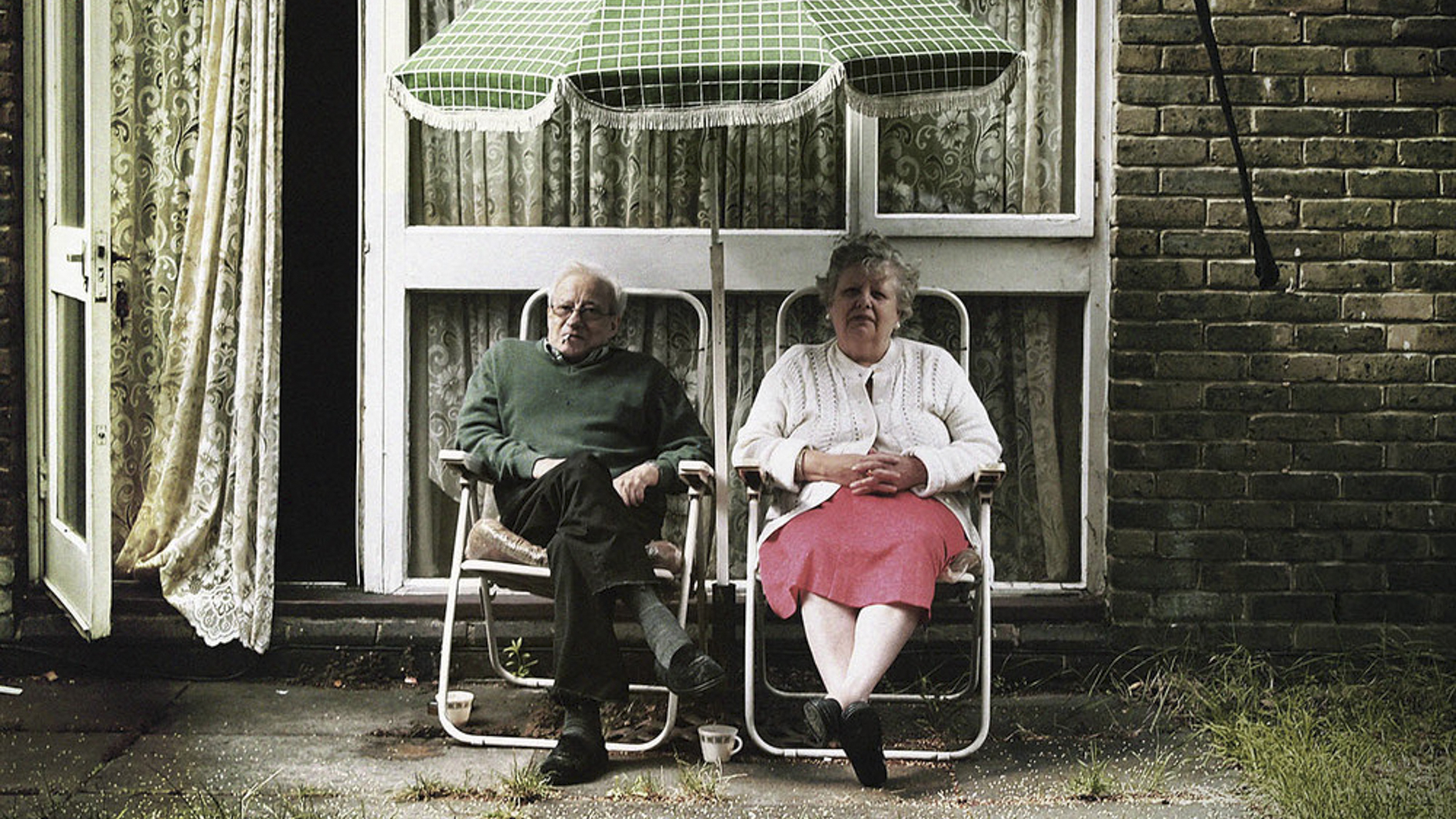Welcome to our series of 100 interviews we will be holding with professional photographers who use mirrorless cameras for work! “Switching to a smaller and lighter system” has become somewhat of a buzz phrase as of late, but many working photographers take this philosophy seriously. From medical reasons such as resolving back and shoulder pain to the simple realisation that bigger does not mean better, photographers are turning to mirrorless systems now more than ever before.
This week’s interview is with Nicholas Goodden, a Franco-British award-winning urban and street photographer who resides in the great city of London. His work has been featured in a wide variety of publications including The Huffington Post, Londonist, LondonOnTheInside, Photoshelter and The Phoblographer, and has been included in the global list of the Top 100 Most Socially Influential Photographers.
Visit Nicholas’ photography website
Follow Nicholas on Facebook, Twitter, Google+ and Instagram
All the images contained in this article are property of Nicholas Goodden and may not be reproduced in any way.

1. Who is ‘Nicholas Goodden’ in three simple sentences?
- Someone with a never ending desire to create and discover.
- I guess a pretty open minded and friendly guy.
- A confused mix of British and French.
2. You are primarily a street and urban landscape photographer. What drew you to these two genres in the first place?
I fell in love with photography first and then adapted to my environment, which is urban. I have no doubt if I lived in the country I’d be a landscape photographer. If I had money, I’d be a travel photographer. It’s just circumstances.
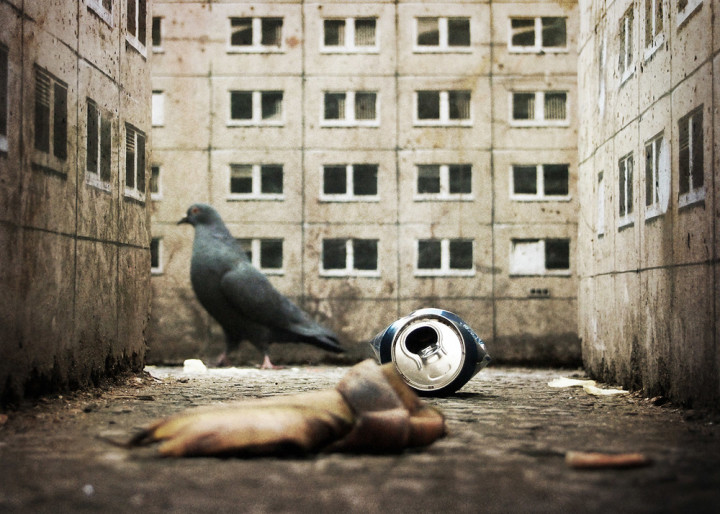
3. Why did you choose the Olympus OM-D E-M1 as your main camera? Which lenses would you recommend to a budding urban photographer?
The E-M1 is my third MFT (micro four thirds). So the question really should be what attracted me to MFT. Great performance in a small package, so never a pain to carry around.
(Spoiler alert: I’m about to severely contradict myself)
If money was no object to that budding photographer, lens wise my favourite lens is the Voigtlander 17.5mm f0.95 (35mm full frame equivalent). It weighs more than my E-M1 so there goes the whole lightweight argument! It’s perfect for street photography. Otherwise it would be the Pana Leica 25mm f1.4 as a lighter alternative. If you’re going for urban landscapes, I’d say it’s quite fun to shoot with a fisheye.
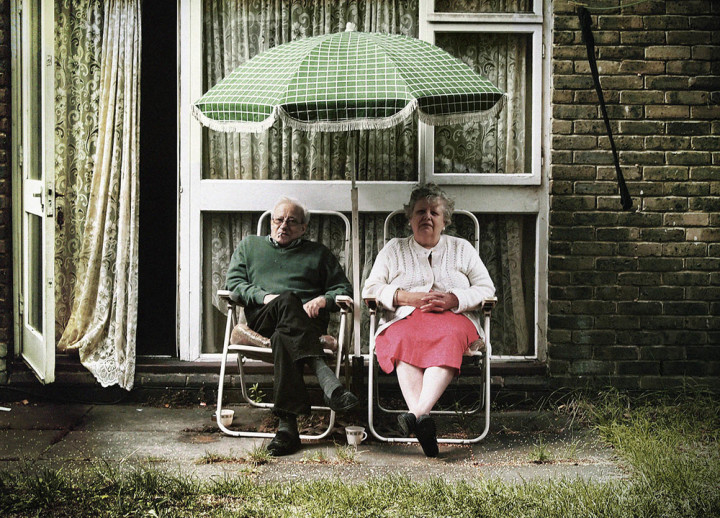
4. If you had to recommend three must-have accessories for your OM-D, what would they be?
I’d start with a good leather camera strap to replace the branded one. You can read more in one of my latest write-ups. Then you need a good bag. One of my favourites is a Domke F-803. Small and it doesn’t shout “I am carrying a camera… mug me!” Frankly I can’t think of any other. I like to travel as light as possible.
5. Is there any particular feature you find extremely useful for street photography on the OM-D?
Before we go any further, I need to say that Olympus did not give me a free camera, I pay for all my gear. The best feature is the size really. I guess the tilt screen is useful if you want to shoot from the hip yet still compose the shot.
6. Tell us a bit about the Street Photography London collective you founded. How does it differ from other street photography collectives on the web?
Well for a start it’s totally independent and passion driven. We don’t make one penny from it. Then I guess as we describe it, it’s not elitist. We’re actually interested in people who shoot street photography. We feature in the interviews top street photographers as well as people who’ve been shooting for a year to give people interested in the subject a view from all levels. However we always focus on quality so we may not be street photography snobs, that doesn’t mean we’ll feature just anyone as there’s a lot of rubbish out there. I was keen on setting this kind of website up as being a photographer myself, I found most collectives who position themselves as the authority don’t seem to listen to or be interested in people.
7. You recently opened a street photography exhibition called The Great Londoners at the Hoxton Hotel Holborn in London. Why did you decide to focus on “ordinary Londoners” as the theme for your exhibition?
Yes I did and it’s open until 31st January 2015.
The Londoners I captured, I find them pretty extraordinary. The more I look at them, not my photos but the people I photograph, the more I find them beautiful in their own way. Each of them have their own story we’ll never know about, none of them aware of me and my camera and yet they look fascinating, lost in their thoughts.
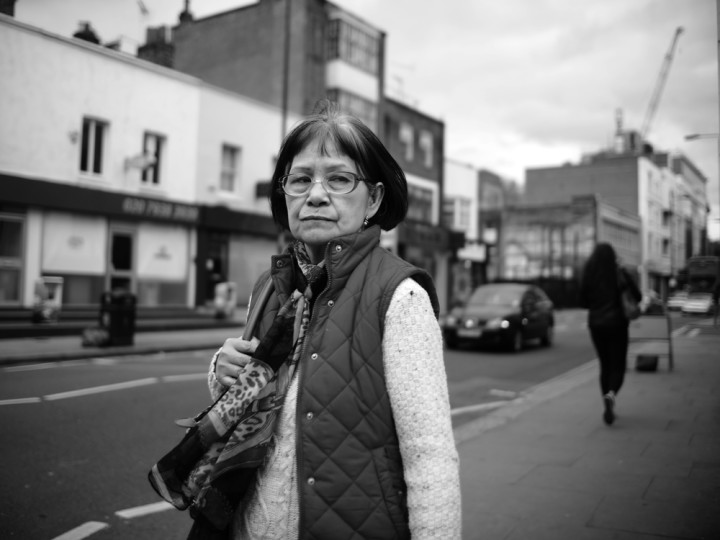
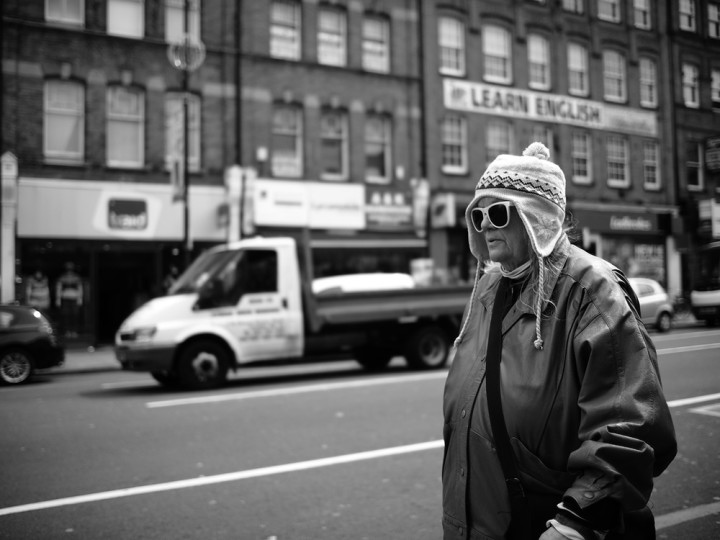
8. It appears that most of the images featured in the exhibition have been shot from the hip. Is this how you usually shoot people? What advantages and disadvantages are there to shooting in this way?
It’s not how I usually shoot but in this case (and for an entire year) I wanted to create a consistent body of work. So the following applies to all photos in The Great Londoners:
– All shot at 35mm equivalent, about 3-5 feet away
– Shot from the hip makes the Londoners more “majestic” (sorry can’t think of another word)
– Very wide aperture and razor thin depth of field (f0.95-f1.4)
– Manual Focus by zone focusing
– Subjects and me both walking
– All shot in black and white
– Usually one person in each shot really standing out
– No post-processing except minor resizing/crop for printing.
But to answer your question, shooting from the hip…well, a lot of people can say is down to luck. But when you spend a year doing it, little by little you learn the exact way to get the shot you want, without missing half a head, with the person in focus and that initial luck becomes a perfected technique.
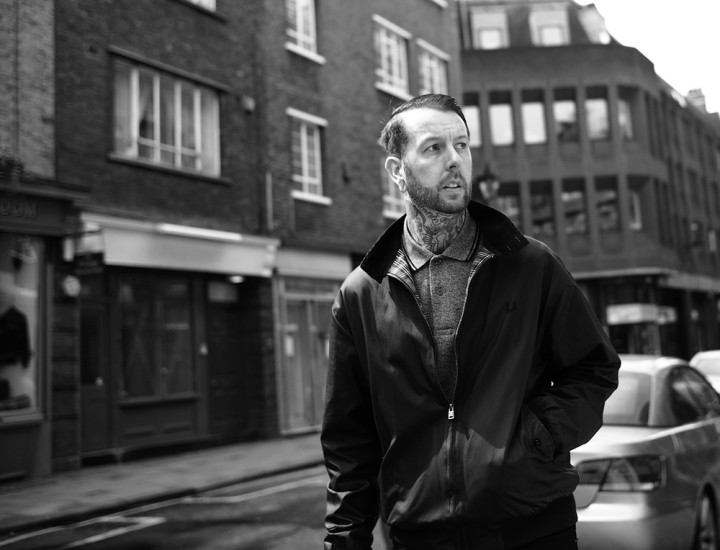
9. Your urban landscape images of London are always extremely dynamic and powerful. Could you give us some insight into your post-processing workflow?
Not really, I prefer to keep some secrets sorry 🙂
10. Your portfolio is a mix of colour and black & white photography. What prompts you to choose one or the other when you post-process an image?
Nowadays 99% of my black and white shots are shot in camera. I just decide based on my mood, the weather, the location and stick to it, whether it’s black & white or colour.
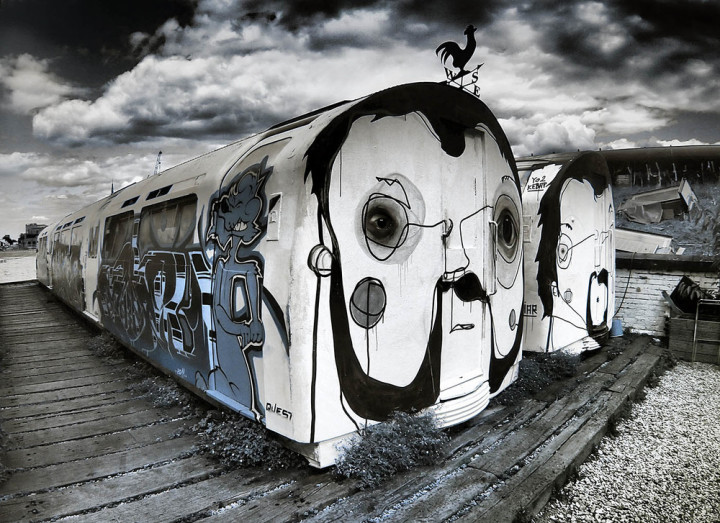
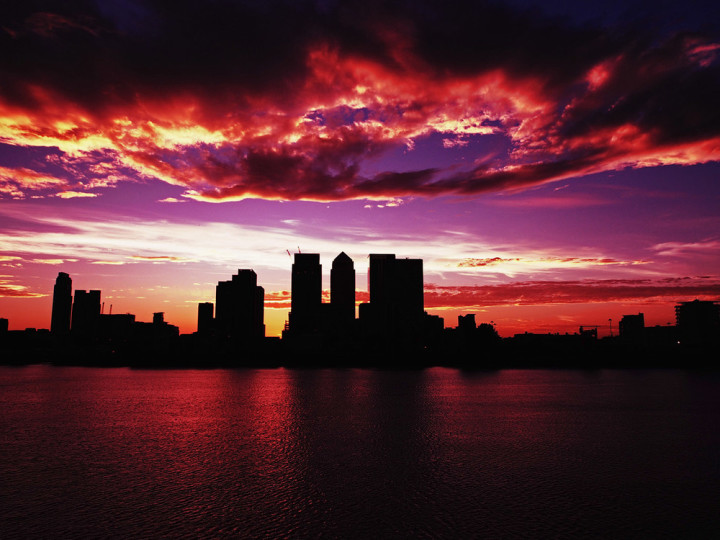
11. In your biography, you mention that you are also a trained chef. Have you ever been able to combine your two passions–photography and cooking–in one project?
Yes, I have shot food for restaurants and enjoy it, plus getting paid to do something that relates to both my passions, hell why not!
12. There are many great compact systems out there at the moment. If you hadn’t chosen to go down the Olympus route, would you have chosen another mirrorless system? Which one and why?
Absolutely. I often drool on other systems. Sony’s A7 range is very appealing with its full frame sensor and Fuji also seems to have a very attractive offer. I’m trying at the moment to get my hands on an X100T to review on my blog. Let’s see if Fuji is keen as this seems to be a great camera especially for street work.
13. Do you think mirrorless cameras will eventually replace the DSLR as the professional’s primary work system?
I don’t think so. Even if I’m a big mirrorless fan, a lot of people have invested years and a lot of money in lenses so this can’t all disappear. Then there is still the opinion that size matters. I have no insecurities so I’m quite happy showing up on a job with my smaller camera. Plus I guess DSLRs are sometime preferable for some people. Each to his own. I’m happy with what I use and try not to enter any debate with DSLR users or anyone in general.
I’m not the overly opinionated type, I have no time or desire to try and convince someone that my way is the best way.
Be sure to visit Nicholas’ photography website to find out more about his amazing work and his exhibition The Great Londoners!
